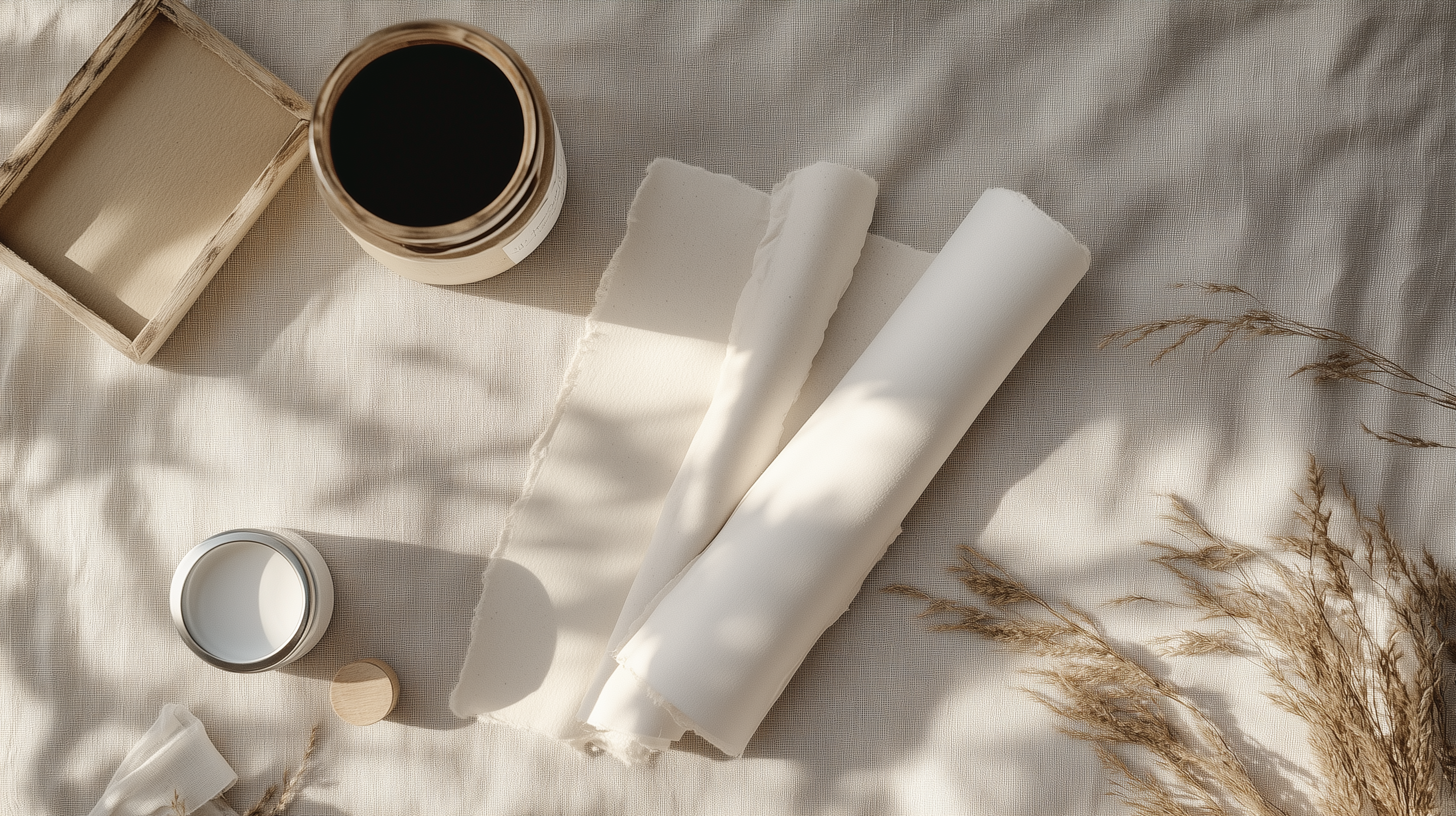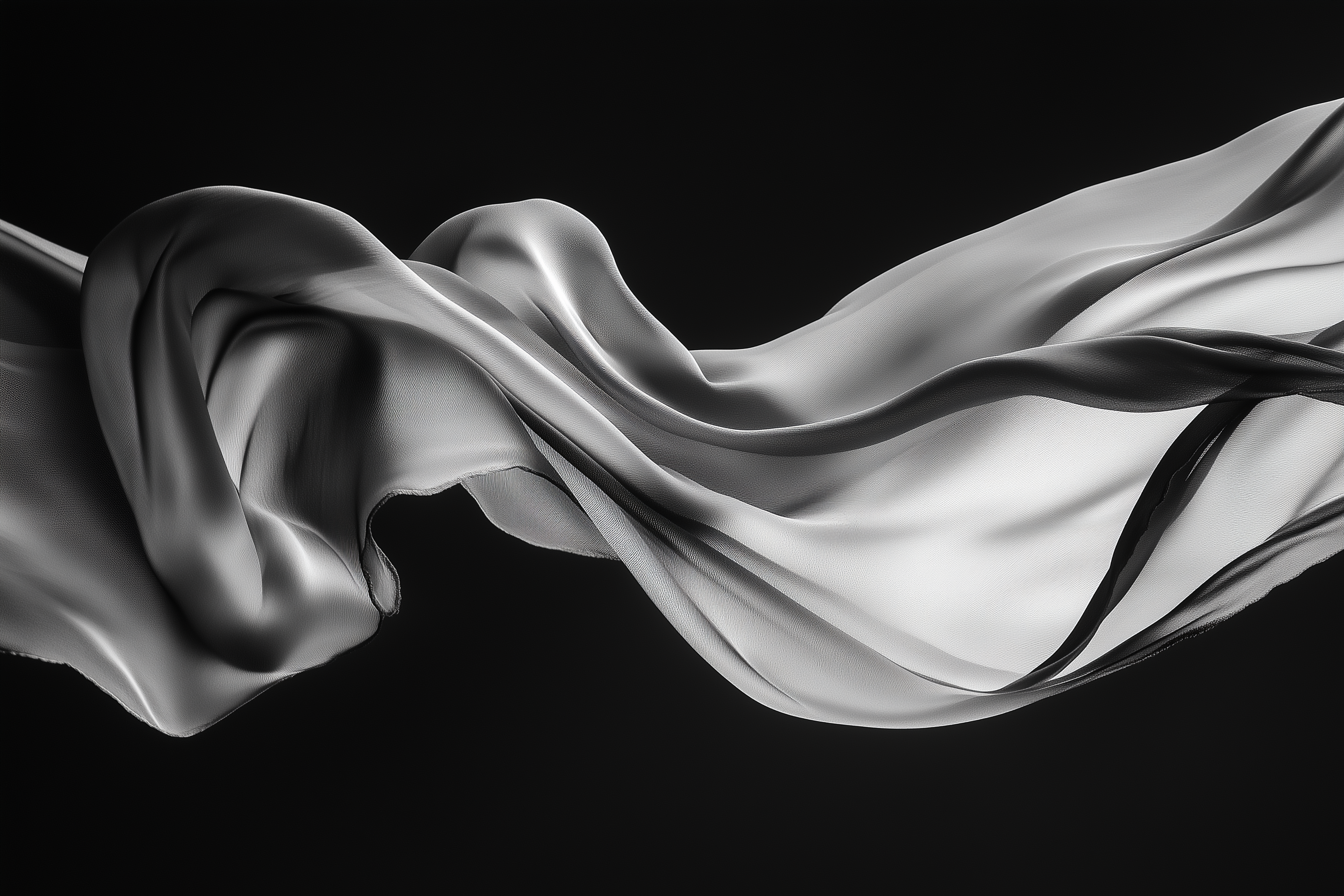What we hang on our walls is a reflection not just of what we love, but of what we stand for.
In the age of climate reckoning, the art world is undergoing a quiet revolution. No longer content with beauty alone, creators and collectors alike are asking deeper questions: How was this made? What materials were used? What impact does this piece leave behind?
Enter eco-artistry—a movement that fuses aesthetic excellence with environmental responsibility. From recycled papers to plant-based inks, from reclaimed wood frames to zero-waste packaging, a new generation of printmakers is proving that sustainability need not come at the expense of sophistication. In fact, it deepens it.
The Rise of the Conscious Collector
According to Art Basel’s 2025 report, nearly 48% of new art buyers under the age of 40 consider environmental impact as a primary factor in their purchases. This marks a sharp shift from the luxury-centric motives of past decades. Today’s collector seeks alignment—not just in palette, but in purpose.
This conscious sensibility is echoed in design-forward publications like Architectural Digest and Better Homes & Gardens, where sustainability is no longer a bonus—it’s the baseline. In this landscape, fine art photography and canvas prints made using eco-conscious methods are not just relevant; they are revolutionary.
Paper, Reimagined: The Revival of Recycled Substrates
Traditional printmaking has often relied on chemically treated, resource-heavy materials. But today’s finest studios are turning to archival-grade recycled papers that maintain museum quality while reducing environmental load. These papers are often made from cotton rags, post-consumer fibers, or even discarded fashion textiles—giving waste a second life as texture and tone.
Artisanal brands on platforms like Etsy have reported a 60% increase in sales of prints explicitly marked as "eco-friendly" or "sustainable". The tactile feel of these materials—the grain, the irregularity, the softness—adds a soulfulness that no synthetic alternative can match. It’s imperfection as authenticity.
Biodegradable Inks: The Color of Conscience
Inks have long been the invisible pollutant of the art industry. Petroleum-based solvents and heavy metals pose risks both to artists and ecosystems. Enter plant-based, water-soluble, and biodegradable inks: a cleaner, safer palette for contemporary creators.
Some studios are now using soy-based pigments or vegetable dyes that produce rich, archival-quality tones without the environmental burden. These alternatives not only preserve vibrancy but also significantly reduce VOC (volatile organic compound) emissions—making each print not just visually pure, but chemically conscious.
Framing the Future: Upcycled & Ethically Sourced Frames
A print’s frame is more than its border—it is its architectural language. And increasingly, that language is being rewritten with reclaimed wood, upcycled metals, and ethically sourced materials.
At artisCHt, we frame using FSC-certified pinewood, salvaged hardwoods, and eco-safe finishes—designing with permanence in mind. Our black-and-white minimalism gains depth when paired with materials that have lived other lives. A nail hole. A weathered grain. These details don’t distract—they dignify.
The Emotional Weight of Materials
What makes a print meaningful isn’t just the image. It’s the ethics embedded in its making.
When a collector chooses a sustainably crafted work, they are choosing more than visual beauty—they are choosing responsibility, resonance, and relevance. The frame, the ink, the paper: these are not neutral. They carry stories. And in doing so, they invite viewers to feel more, think deeper, and live lighter.
Why artisCHt Embraces Eco-Artistry
Our commitment is simple: to create art that awakens without taking more than it gives. We believe minimalism is not just about aesthetics; it’s about impact. We use fine art papers with recycled content, source sustainably framed canvases, and are transitioning toward carbon-neutral shipping practices.
We don’t see sustainability as a trend. We see it as a lens. A new way of seeing. A new way of making. A new way of being human in a time that demands care.
Conclusion: Beauty That Leaves No Trace
The most powerful art is not what dominates a room. It is what deepens it. It lingers not through noise, but through presence. And when made with respect for the planet, art doesn’t just adorn life—it defends it.
Eco-artistry is not a compromise. It is an evolution.
And in this evolution, we are not just creating prints. We are creating a future worth framing.



Share:
Generational Shift: How Gen Z Is Redefining the Print Market
Biophilic Black & White: Bringing Nature to Walls Without Colour